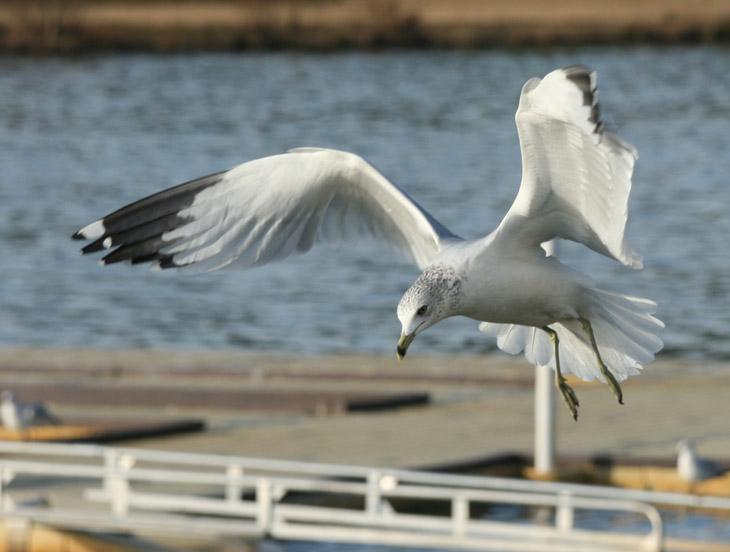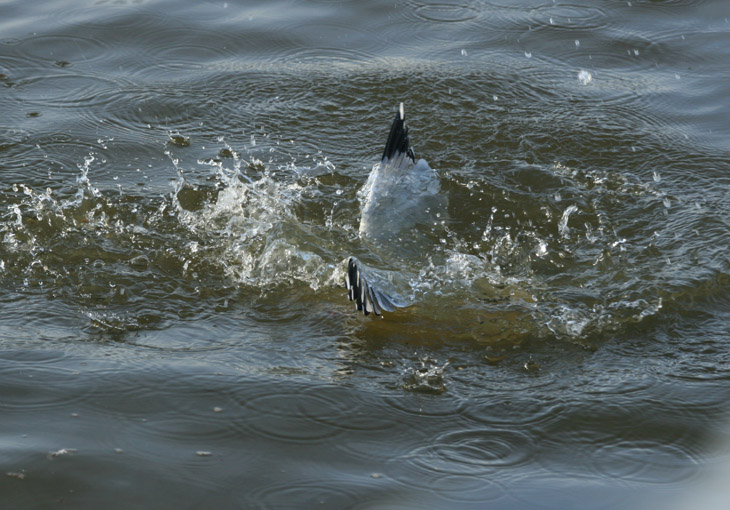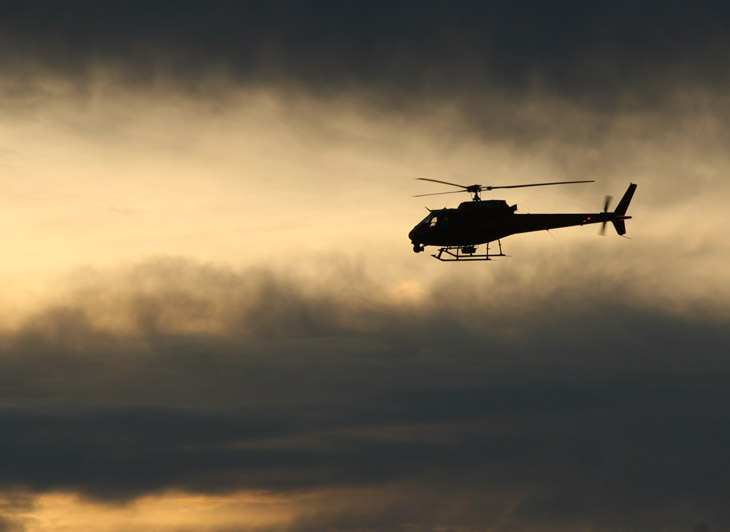
Ha! Another title pun! This one not only deals with aerial subjects in the photos, but refers to further developments on the site that haven’t yet come to fruition. Such depths to the humor!
[Ahem] So, I did manage to get out for a shooting session recently, though mostly what it did was emphasize how little there is to shoot right now. This was a student outing again, and we mostly concentrated on practice with long lenses and semi-unpredictable subjects, in this case birds. I’ve said before, I don’t pursue birds as subjects too much, especially not songbirds – just not my thing. Which isn’t to say that I’ve never done it, nor specifically avoid it, and there’s a skillset involved in two particular aspects: following bird movements, and predicting their behavior. These are true enough for any wildlife really, but with birds, opportunities can appear and disappear in fractions of a second.
Above, we see a trait that can be telling all by itself: the abrupt “backpedal,” the slowing, pause, or even hover in midair that can signify something interesting is about to happen. For herring gulls (Larus argentatus,) as well as any diving bird like terns, eagles, or osprey, this often indicates that they’ve seen something interesting below and may be about to dive for a meal.
By the way, the image above is cropped a little bit, partially to reduce the distractions of the background, but also because it’s usually not a good idea to be shooting too zoomed in or tight on birds. Tracking their movements is a lot easier when you have some wiggle room in the frame around them, space to compensate for their changes, as well as some forewarning of what is about to happen in the background – panning past something particularly photogenic, or exactly the opposite. Staying “back” a little bit helps keep from cutting them off, makes it less likely to drop them from the focus area (causing the autofocus to wander,) and lets you time shots for ideal backgrounds – you can always crop in tighter later on, and can also use this opportunity to frame the subject more appropriately, something that can be hard to do on the fly.
Being back too far, however, and making the bird too small in the frame can also be bad for autofocus, as well as for exposure – the camera reads too much of the bright sky with the bird being too small to affect the meter, and the exposure gets set for the sky and not the subject. Very often, it helps to overexpose such shots by a few thirds or half-stops to keep the subject from becoming a silhouette.
If you’re on your game, you can occasionally capture moments of drama exactly as they occur. Catching them every time requires skills more advanced than my own.

The same gull seen at top did indeed go in for the kill, and I tracked it down but missed the crucial moment of contact. However, I’m cool with this shot only a fraction of a second later; by itself, it might have been a bit too confusing, but following behind the descending gull above it’s pretty clear what’s going on, and it illustrates how deep this one went (unsuccessfully, I might add – I don’t think we saw any fish consumed that day.)
A quick word about timing. It can be very hard to time something in particular with birds, especially something like catching the wings in an optimum position. Many people believe the solution to this is to set the frame rate for continuous, where the camera keeps firing off shots as long as the shutter is held down; they imagine that one of the frames is bound to capture the action. This isn’t often the case, however, and continuous shooting should not be mistaken for, like, video. Most video rates are 24, 30, or 60 frames a second, while the fastest frame rates for still photos might run as high as 10 frames a second, but more often in the realm of three or four. This can actually miss a lot of action, and can even synchronize with wingbeats so that, even if you fire off 30 frames, each one captures the wings in the wrong position. Sometimes it’s worth the try, but don’t count on it to capture the shot.
There’s only so much you can do with gulls, however, and since we were near the airport we did a short session of aircraft chasing. Now, I’m a flying enthusiast, but don’t chase plane photos any more than birds; even less, in fact. There’s only so much you can do or show with aircraft photos, outside of things like airshows or actually shooting from something airborne. So I managed a few shots, but didn’t see a lot of fartistic stuff happening.

I’m more a helicopter enthusiast than planes, especially over commercial airliners, and so fired off a number of frames as the NC DOT’s Sikorsky S76 banked in on final approach. There’s nothing remarkable about the shots, except that I captured a thin example of a cloud formation that I failed to notice while I was there – partially because it was so distant. To the best of my knowledge, this is a tiny formation of undulatus asperatus clouds, another example of which can be found here.

I captured a little more cloud and helicopter action as an Aerospatiale/Eurocopter AS350 cut across the sunset. This is most likely WTVD’s “Chopper 11,” because they’re one of the only two news helicopters to operate out of the region, the other being a Bell 407, and because I saw it sitting on the apron before it departed in the same direction that this one returned from. Plus the ENG camera and transmitter are in the same configuration so, you know, sticking my neck out here identifying a bare silhouette. The tiny section of sky captured in the shot makes it look stormy and dramatic, but in reality this was a small patch near the setting sun on an otherwise humdrum sky. Nonetheless, I started firing off the frames as it passed the colorful bits, and picked this one from among the collection.
Still working on scaring up more material and the time to post it. Bear with me.




















































